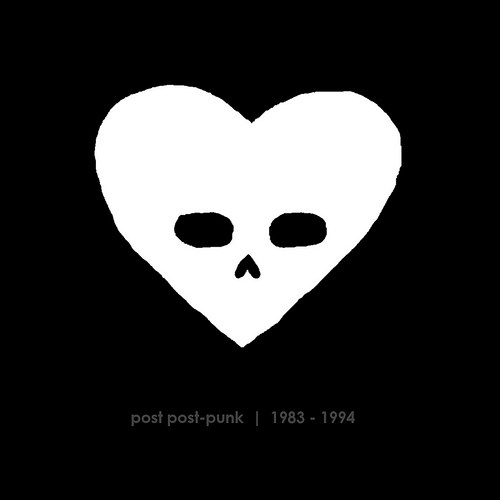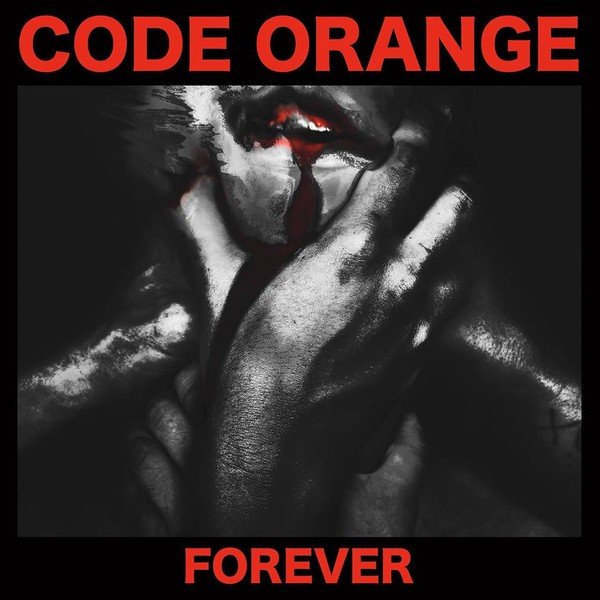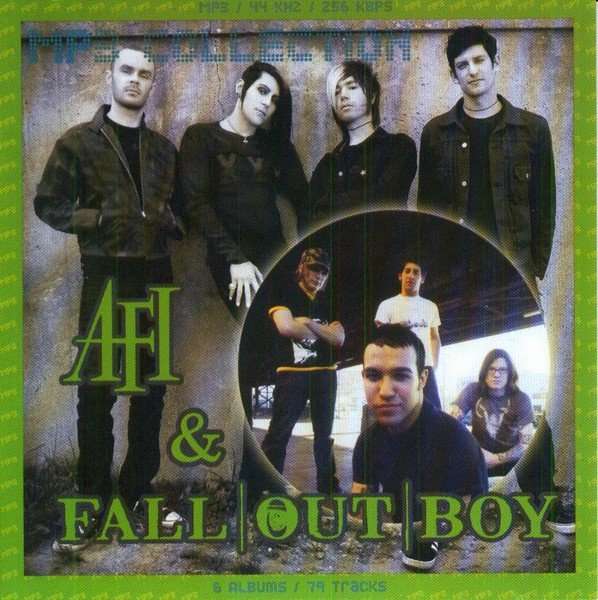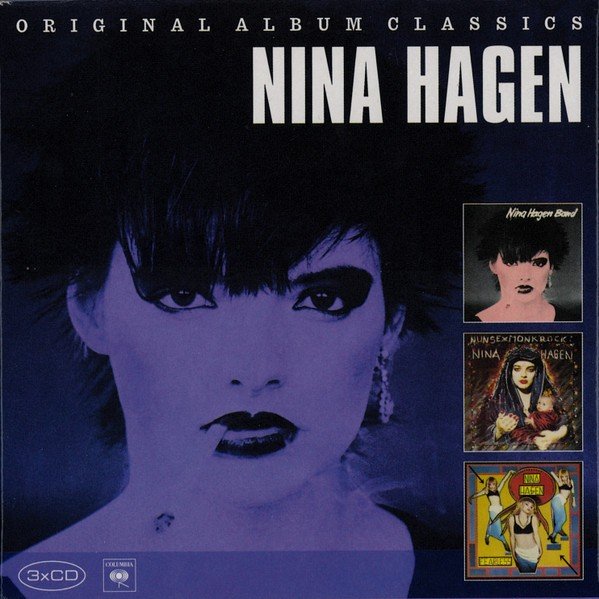
File download is hosted on Megaupload
¶

¶
As I’ve said before, I find “post-punk” to be a term of minimal descriptive accuracy, in terms of the character of the music to which the label is attributed, nor even in terms of any meaningful timeline. The types of music we call “post-punk” have less to do with “punk” to my ears than with forms of music and art created in the 60s and early 70s. All that said, for convenience we usually talk of “post-punk” as peaking between 1978 and 1982, being supplanted (ostensibly) closely thereafter by the mainstream ascent of “New Pop,” “New Romantic,” “New Wave,” and soon enough outside of MTV, “indie-” or “college-rock”. And I’ll agree that between the quantitative peak of 1979-1981 to 1983, something does seem to have significantly changed. Plenty of the flag-bearers of post-punk adopted a more through- rather than against-the-system approach (some to great effect, like Scritti Politti or Depeche Mode; others less so, like Simple Minds). But the good thing about “post-punk” is that it was always more of an approach and a sensibility than a close-cropped aesthetic or production value, and it was less overtly based in the typical youth-oriented trappings of pop/rock music; so it never really died as a fount of new energy either for many of its premiere proponents (like David Byrne or David Thomas or Sonic Youth) and younger artists inspired by the freedom it expresses.
¶
‘Post Post-Punk’ is a playful glance at the continuation of the ‘Spirit of ’78 to ’82’ (to put it awkwardly) through the mid-80s and a little of the 90s. Many of the artists featured are directly carrying on from the “peak” years—ESG; Liquid Liquid; Wire’s Colin Newman; Pop Group’s Mark Stewart; the Specials as Special AKA; or Siouxsie’s Creatures—who didn’t fit the slicker sounds gaining dominance. Other included here ‘predate’ the peak and never lost the tack, and simply kept going regardless of fashion, perhaps reinvigorated by their slightly younger peers, like David Thomas; Arthur Russell; or This Heat’s Charles Hayward, carrying on with Camberwell Now. Others were there in the day but became better known for later work, like post-Urinals 100 Flowers; Neon Judgment; Thick Pigeon; The Ex (perhaps the most successful long-time miners of the post-punk zeitgeist); Cybotron; the Blackouts; or Sonic Youth. Finally, a few represent the best of the generation more typically associated with indie-rock or Brit-pop, whose sensibilities had more in common with the ambitions of post-punk artists: Dog Faced Hermans, Biting Tongues (featuring Graham Massey, later of 808 State and Bjork renown), and Disco Inferno (who seem to me a bridge between post-punk, what was called post-rock, and the post-whatever good stuff being done today). Ultimately, though, the mix makes no attempt at any comprehensive argument or any sort of historical revision: it was just meant to be a mix of some of my faves who “carried on” the weirdness. Full tracklist and download after the “more…” link.
¶
Various – ‘Post Post-Punk’ (1983-1994)
01 Liquid Liquid – “Scraper” (1983) [3:41]
02 Camberwell Now – “Daddy Needs a Throne” (1984) [3:24]
03 ESG – “Erase You” (1983) [4:08]
04 Ex – “Machinary” (1983) [2:57]
05 Mark Stewart – “Jerusalem” (1983) [3:45]
06 Disco Inferno – “In Sharky Water” (1994) [4:40]
07 Biting Tongues – “Compressor” (1987) [4:52]
08 Trio – “Girl Girl Girl” (1983) [3:30]
09 Special AKA – “House Bound” (1984) [4:12]
10 Neon Judgement – “Please Release Me Let Me Go-Go” (1983) [4:34]
11 David Thomas – “Big Breezy Day” (1985) [3:24]
12 Thick Pigeon – “Dog” (1983) [2:21]
13 100 Flowers – “Horizontal” (1983) [1:06]
14 Blackouts – “It’s Clay Again” (1983) [6:17]
15 Arthur Russell – “See-Through” (1986) [2:10]
16 Dog Faced Hermans – “Volkswagen” (1994) [5:35]
17 Creatures – “Weathercade” (1983) [2:48]
18 Death Comet Crew (ft Rammellzee) – “Exterior Street” (1984) [4:32]
19 Sonic Youth – “Shadow Of A Doubt” (1986) [3:32]
20 Cybotron – “Clear” (Edit) (1983) [3:21]
21 Colin Newman – “But I” (1986) [4:54][Total Time: 79:43]
¶
![]()






































